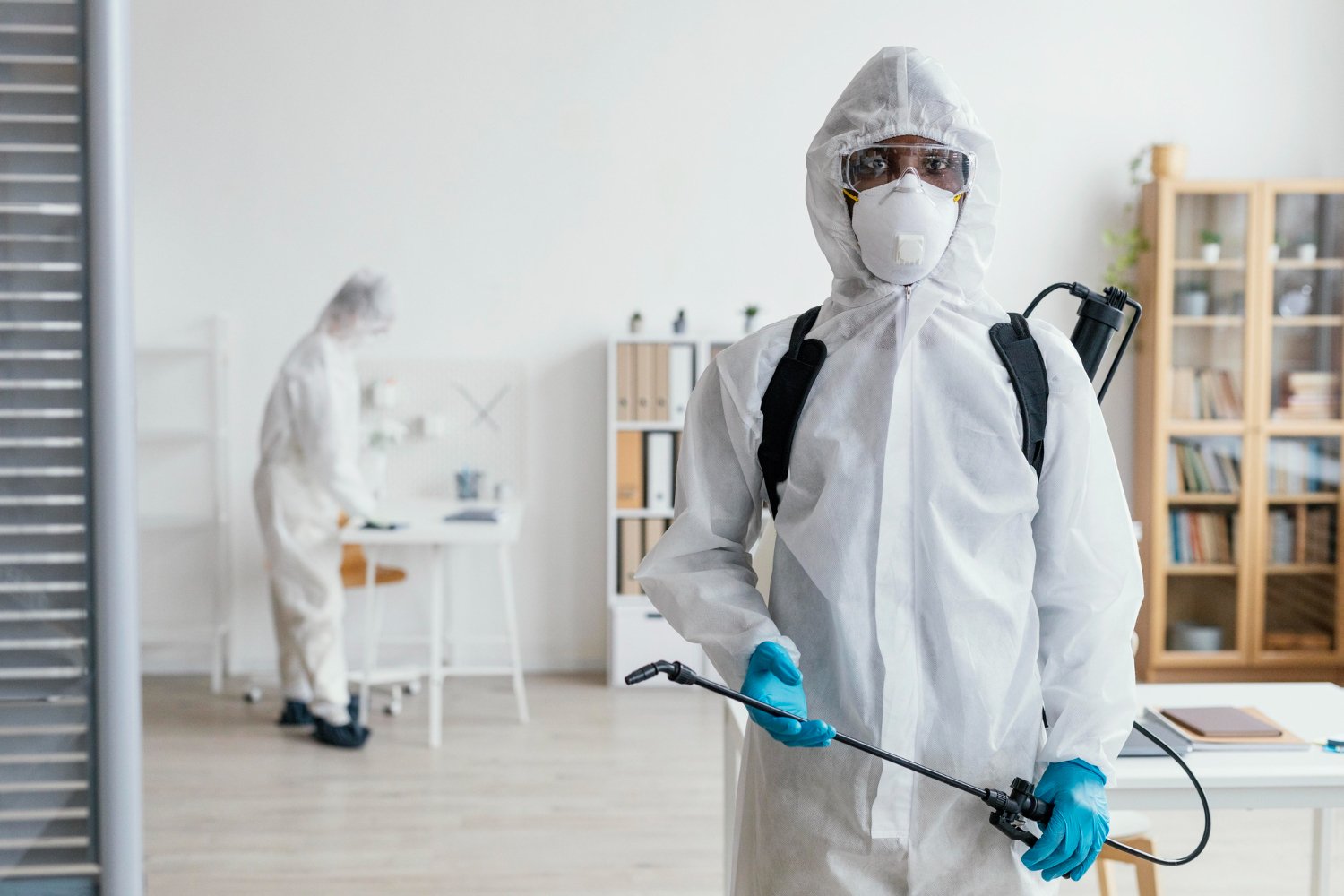Discovering Problem and Treatment Strategies worldwide of Insect Control
The landscape of insect control encompasses a myriad of difficulties, specifically as problems of common family bugs continue to advance. By incorporating preventative steps with advanced management techniques, such as Integrated Pest Management (IPM), homeowners can much better secure their environments.

Typical Household Pests
When it comes to managing our living areas, understanding typical home pests is crucial. These bugs not only disrupt our convenience yet can also posture health and wellness risks and damage residential or commercial property. One of the most common house pests include ants, roaches, rodents, termites, and bed pests.
Ants, frequently seen foraging in kitchens, can infect food and establish big nests. Roaches, recognized for their resilience, can trigger allergies and spread virus. Rats, including mice and rats, can cause structural damage and bring illness like hantavirus and salmonella. Termites, commonly described as "quiet destroyers," can endanger the honesty of wood frameworks, bring about pricey fixings. Bed bugs, although not illness service providers, can create significant discomfort with their attacks and result in emotional distress.
Identifying the indications of these insects, such as droppings, nests, or attack marks, is important for early intervention (Pest Control Lockhart). Correct cleanliness methods, sealing entry factors, and preserving a clutter-free setting work preventative measures. By identifying these usual family insects and recognizing their habits, property owners can take positive actions to mitigate problems, making certain a much healthier living setting
Recognizing Bug Infestations
Bug problems can escalate promptly, turning a small aggravation into a substantial problem if not dealt with quickly. Usual aspects adding to invasions include poor sanitation, architectural vulnerabilities, and seasonal modifications that drive bugs inside your home.
Recognizing the type of bug is crucial, as various varieties show diverse actions and reproductive prices. As an example, rodents might establish nests in surprise areas while bugs like roaches grow in moist environments. Early discovery frequently depends upon acknowledging indications such as droppings, munch marks, or uncommon noises, which can show a problem prior to it ends up being severe.
Warm, moist environments can promote the fast development of insect populaces, while adjustments in landscaping or building and construction can inadvertently create conducive environments. An educated approach to recognizing these dynamics lays the groundwork for effective parasite monitoring methods in the future.
Treatment Techniques and Methods
Reliable therapy approaches and techniques are necessary for minimizing parasite invasions and restoring a risk-free environment. A complex technique is often best, integrating chemical, biological, and mechanical methods customized to the specific insect and the severity of the problem.
Chemical therapies consist of using insecticides and herbicides, which can efficiently remove parasites. Proper application and adherence to security guidelines are essential to lessen dangers to people and non-target organisms. Integrated Parasite Management (IPM) motivates the sensible use of chemicals as a last hope, depending instead on surveillance and limit degrees to determine treatment requirements.
Organic control methods entail presenting all-natural predators or bloodsuckers to minimize pest populaces. This technique is progressively preferred, especially in agricultural setups, as it promotes ecological sustainability.
Mechanical methods, such as catches and barriers, give instant relief from bugs without introducing chemicals. Choices include sticky catches for insects or physical barriers for rats.
Eventually, the selection of treatment approach ought to take into consideration the certain pest, the atmosphere, and possible effects on human wellness and environments. A balanced combination of these approaches can efficiently take care of infestations while promoting lasting pest control options.
Safety Nets for Residence
Proactively dealing with bug concerns before they intensify is essential for maintaining a healthy home atmosphere (Pest Control Lockhart). Applying effective precautionary procedures can significantly decrease the probability of problems, ultimately protecting both your property and well-being

Correct landscape design likewise plays check out this site a critical duty in avoidance. Maintaining bushes and trees trimmed away from your house decreases the chances of insects finding their way indoors. Make sure that drain systems are functioning successfully to protect against standing water, which can attract in mosquitoes and other pests.
Finally, routine inspections are suggested. Consistently inspecting for indications of pest task enables early treatment. By embracing these safety nets, house owners can create a setting that is less hospitable to bugs, thus boosting their general quality of life and lowering the requirement for considerable bug control interventions.
Industrial Pest Control Approaches
An extensive method to business insect control is important for companies aiming to maintain a risk-free and sanitary atmosphere. Reliable techniques entail a combination of routine examinations, worker training, and the execution of Integrated Insect Administration (IPM) practices.
Routine examinations enable early discovery of pest activity, permitting prompt intervention. Services need to develop a routine timetable for these analyses, focusing on high-risk areas check my source such as cooking areas, storeroom, and waste disposal websites. Staff member training is equally important; team needs to be educated on the indications of bug problems and the relevance of reporting them instantly.
Carrying out IPM methods aids minimize pest issues sustainably. This includes habitat modification, such as sealing entrance points and minimizing mess, in addition to using all-natural deterrents prior to turning to chemical therapies.

Additionally, teaming up with a qualified parasite control service provider guarantees access to expert knowledge and advanced therapy alternatives. This collaboration can cause personalized bug control prepares tailored to the specific needs of the business, minimizing threats and boosting general efficacy. Ultimately, an aggressive and enlightened technique promotes a pest-free environment, safeguarding both public wellness and service track record.
Final Thought
In conclusion, reliable bug control requires a comprehensive understanding of usual family insects and their behaviors, combined with targeted treatment approaches. Carrying out safety nets alongside therapy techniques such as Integrated Parasite Administration and biological control improves the ability to minimize invasions. Normal assessments and a combination of chemical and mechanical options further add to maintaining pest-free settings. Ultimately, a well-rounded technique to pest management is necessary for safeguarding living areas from unwanted trespassers.